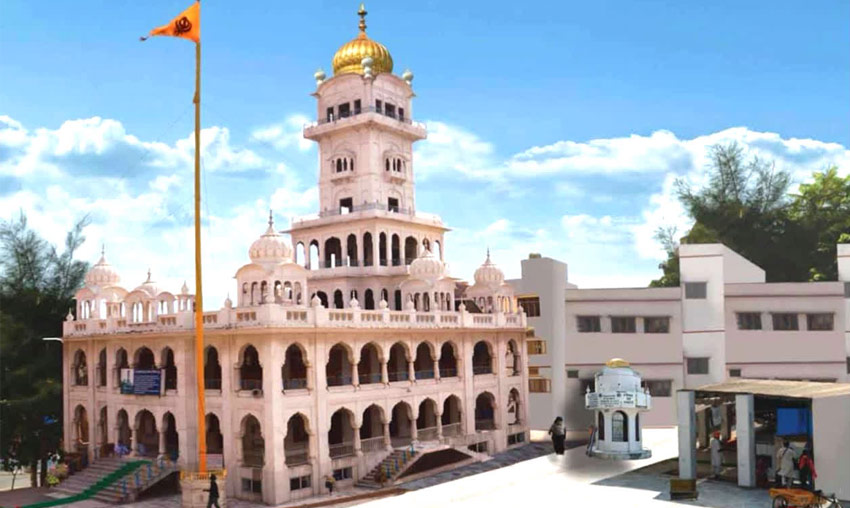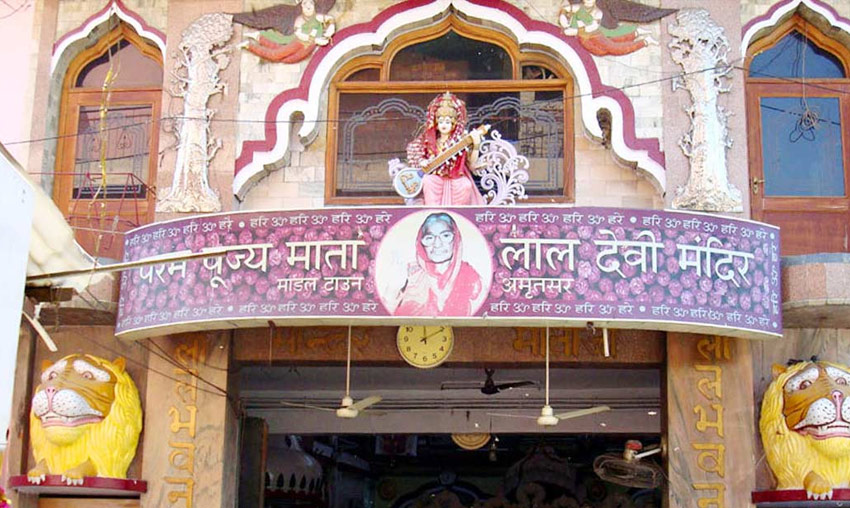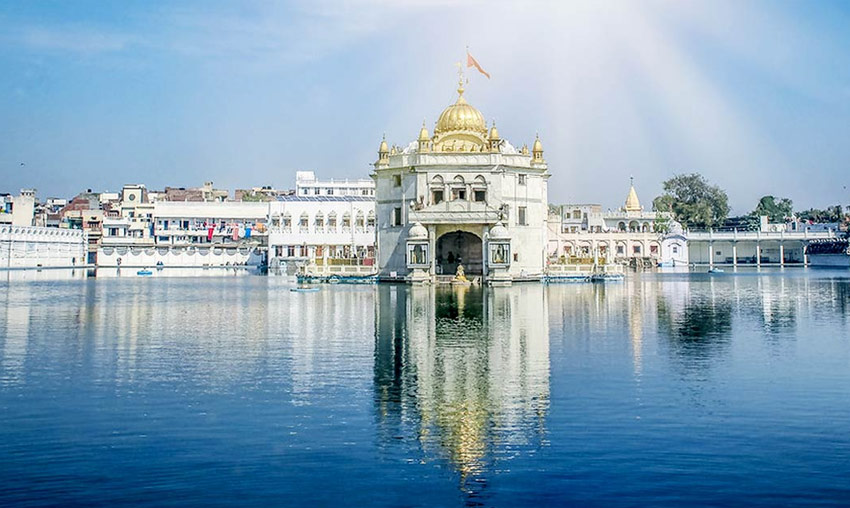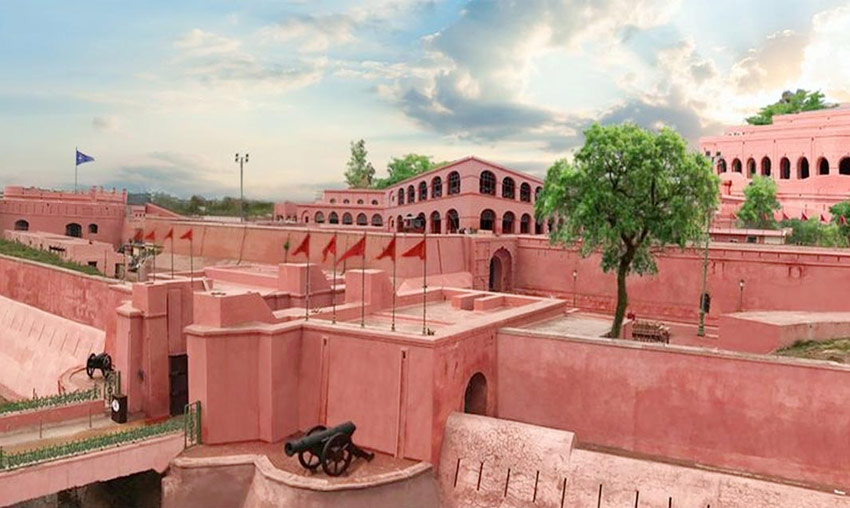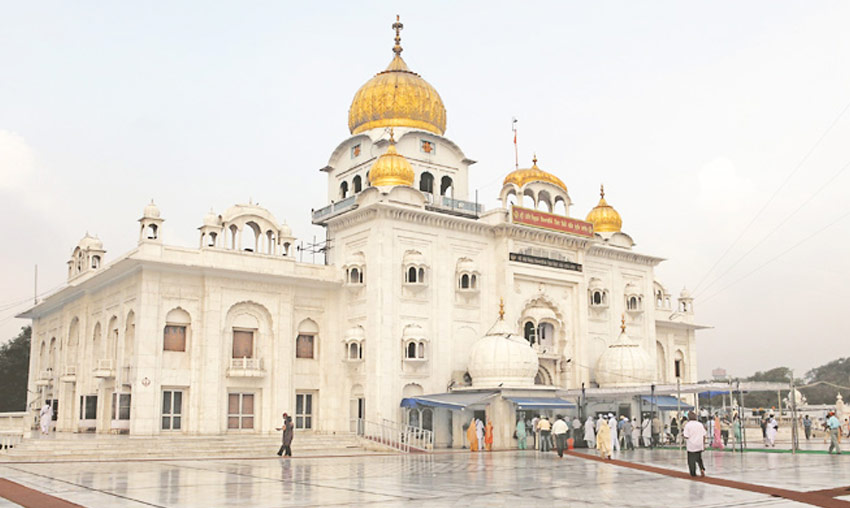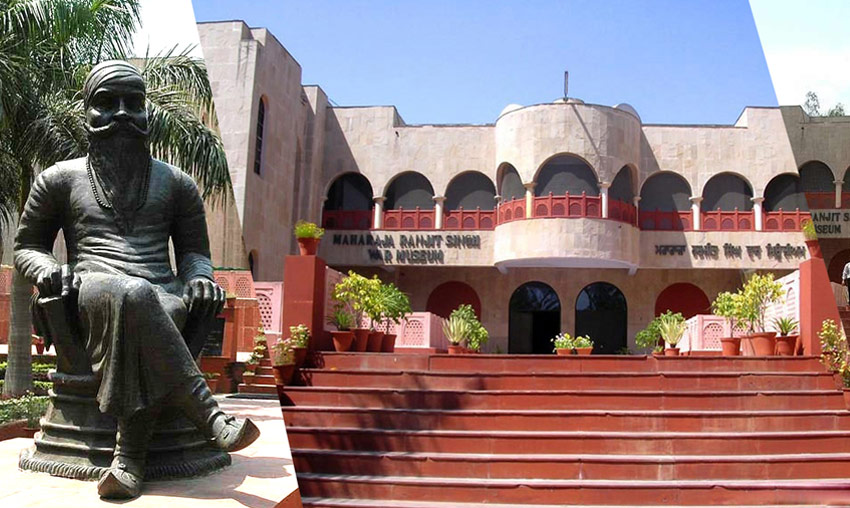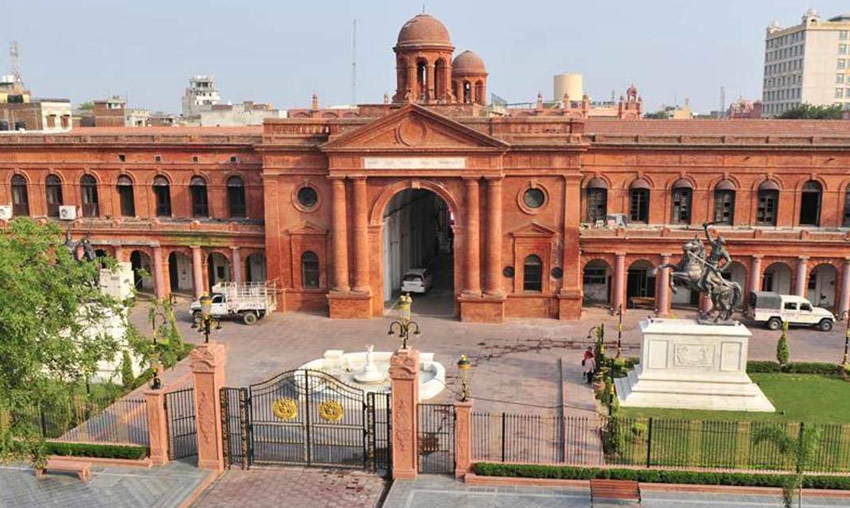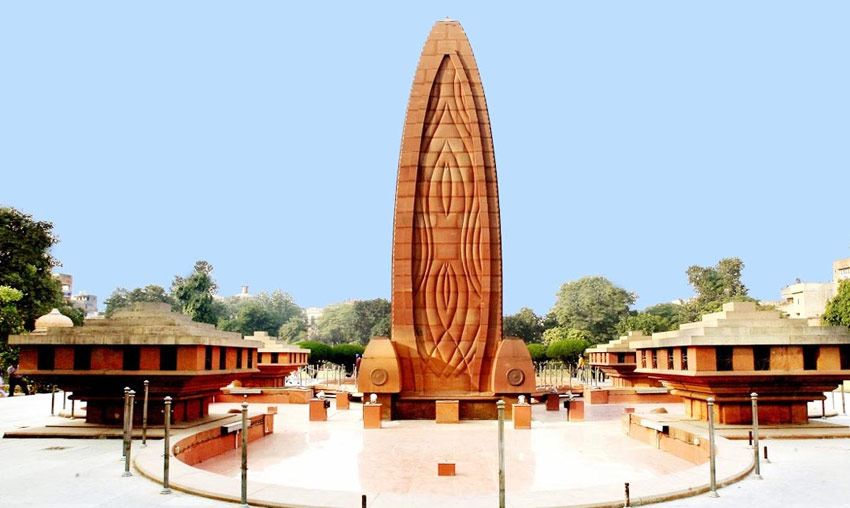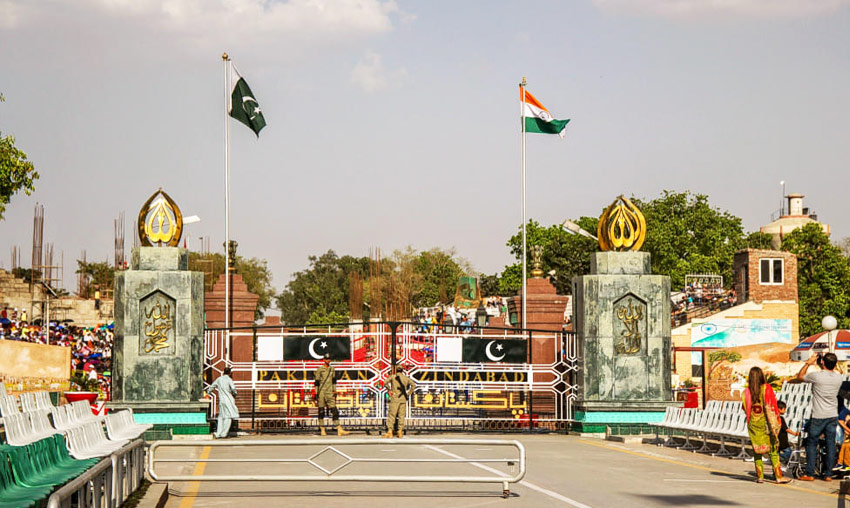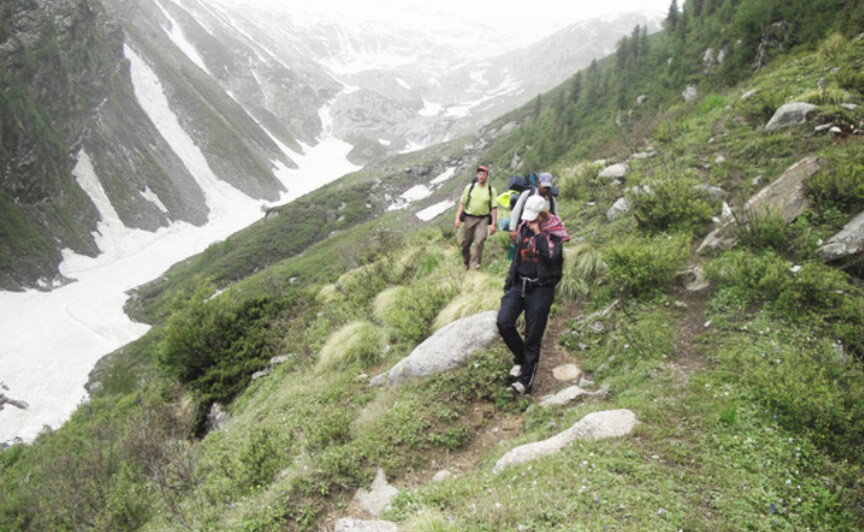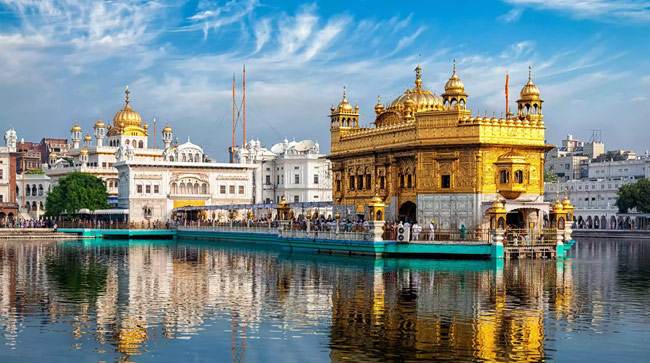Gurdawara Guru Ka Mahal Amritsar (History, Facts, Images & Location)
Guru Ke Mahal was established in 1573 by Guru Ram Das as a little home that later housed the great Sikh gurus and the Granth Sahib. In the holy city of Ramdaspur (now Amritsar), Gurudwara Guru Ke Mahal is a modest hut located on the main thoroughfare of Guru Bazaar close to the Golden Temple.
The building was converted into a Gurudwara after having previously served as the home of Sri Guru Ram Das, the city’s founder. The Guru Granth Sahib, the Sikhs’ sacred text, is housed in this three-story tabernacle with an elevated platform.
The Mahal’s structure is separated into three levels. The Gurus used to meditate in the meditation chamber in the basement. There is room on the upper floor for gatherings and kirtan activities. The Guru Granth Sahib is on the highest floor. It is thought that on Baisakhi, Sri Guru Tegh Bahadur was born in the Mahal. Thus, Baisakhi also commemorates the anniversary of his birth. Baisakhi is celebrated with special kirtans and langar known as Guru ke Langar in addition to the daily rites. On Guru Tegh Bahadur Jayanti, hundreds of Sikhs and tourists flock to this holy location.
Established by Sri Guru Ram Das Ji, this modest tiny cabin quickly became known as the Sikh gurus’ headquarters, but it was moved soon after. The subsequent gurus expanded and embellished this small house until it genuinely resembled a Mahal.
History of Gurudwara Guru Ka Mahal
The fourth teacher in the Sikh religion, teacher Ram Das Ji, constructed the Gurudwara Guru Ke Mahal in 1573. Even the fact that the Guru himself lived here is a testament to its eminence. This is the most important of the many reasons why this location is so important. The fact that Guru Arjan Dev ji, the fifth of the ten gurus, the son of Guru Ram Das Ji, and the first to write the canonical version of the sacred text known as the Adi Granth—later known as the Guru Granth Sahib—got married and received his ordination as a guru here is another factor. Baba Atal Rai and the ninth guru, Sri Guru Tegh Bahadur, who was the grandchild of Guru Arjan Dev Ji, were born here. For a short while, Sri Guru Hargobind Singh, the father of Guru Tegh Bahadur, also stayed here. Numerous Sikh gurus’ lives and residences are covered in the mythology of Gurudwara Guru ke Mahal, which also captures the lengthy history of Sikhism’s development.
Entry fee and timing to Gurudwara Guru Ka Mahal
Gurudwara Guru Ka Mahal does not charge an admission or photography fee like most of Amritsar’s Gurudwaras.
The Gurudwara is open daily from 5 am until 10 pm. Throughout the week, you can unwind in Gurudwara’s lovely atmosphere.
